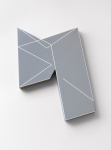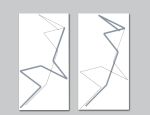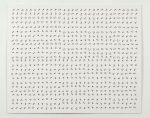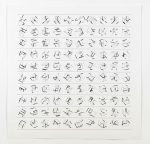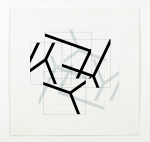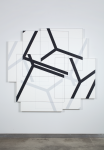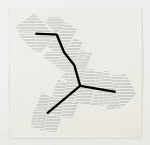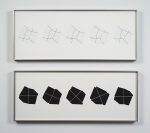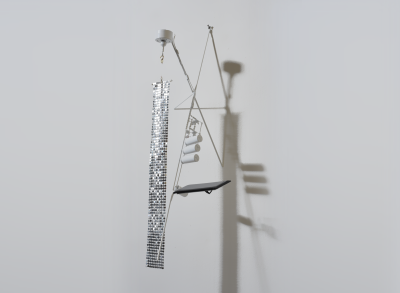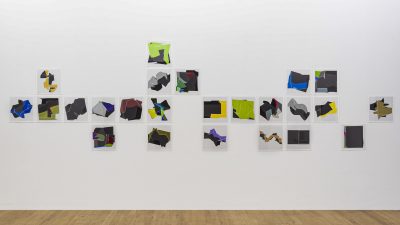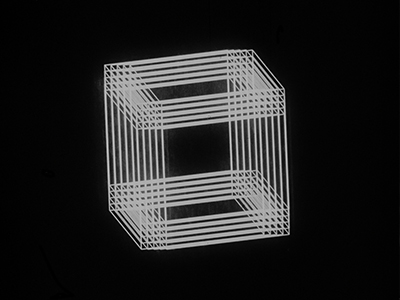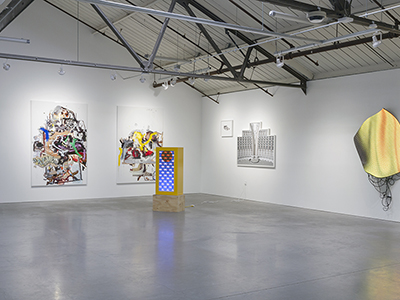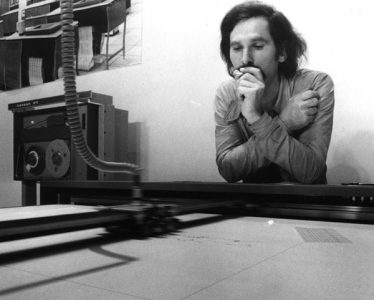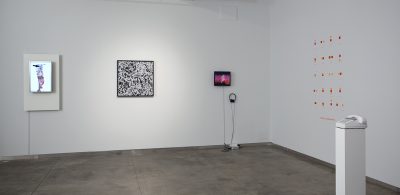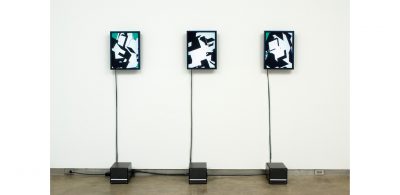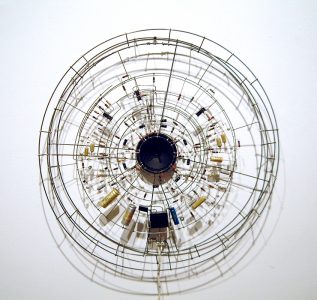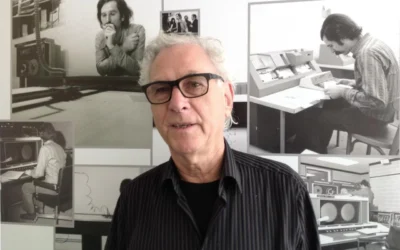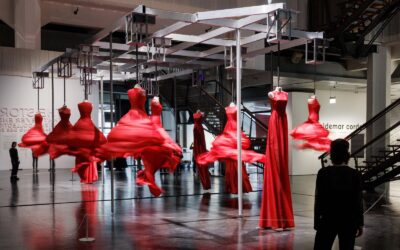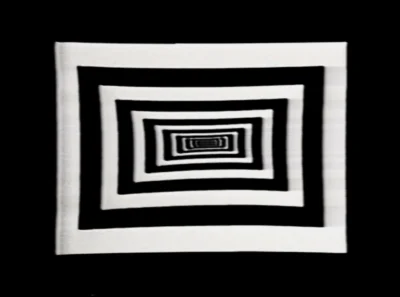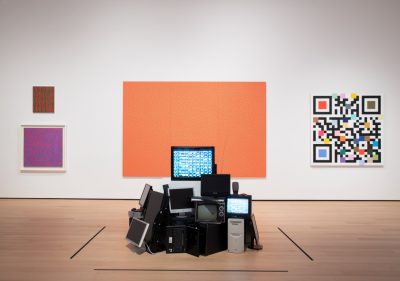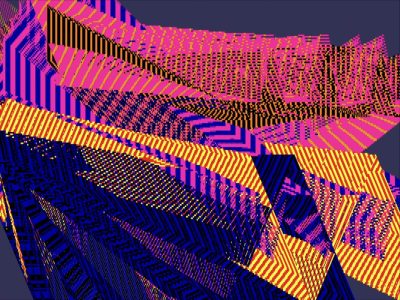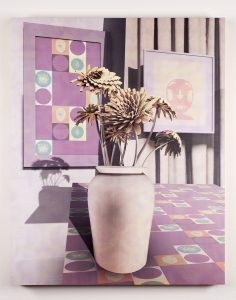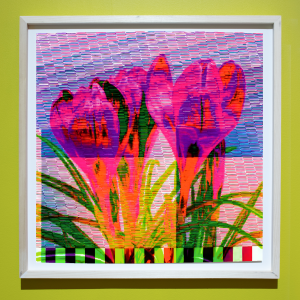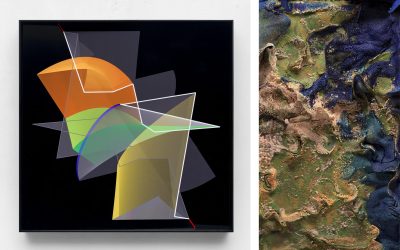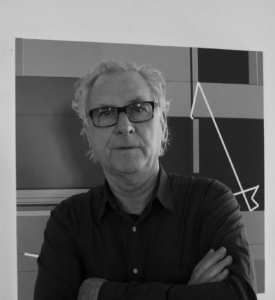
Manfred Mohr is a leader within the field of software-based art. In the early 1960’s he discovered Professor Max Bense’s writing on information aesthetics. These texts radically changed Mohr’s artistic thinking, and within a few years, his art transformed from abstract expressionism to computer-generated algorithmic geometry. Encouraged by the computer music composer Pierre Barbaud, whom he met in 1967, Mohr programmed his first computer drawings in 1969 after learning the Fortran IV programming language to create compositions that he executed as ink drawings on paper. He started his research in 1969 at the Faculty of Vincennes, Paris in the group “Art et Informatique,” where he co-founded the seminar. Initially he did not have a plotter at this facility and had to draw his computer calculations as printed out xy points by hand on paper. Frustrated, he looked for a better solution.
He contacted the Institute of Meteorology in Paris which granted him access in 1970 to a Benson 1284 flatbed plotter and a CDC 6400 computer, the most powerful machines of that time. He worked there nearly each night between 1970 to 1983—combining research and programming to create his unique artworks. A logical and automatic construction of pictures, where he used algorithms to calculate the images.
Before he got access to the institute of Meteorology, some of his earliest drawings were executed on a light pen plotter (1969) and also on a large Zuse flatbed plotter at the University of Darmstadt in Germany (1970). Mohr’s first major museum exhibition, Une esthétique programmée, took place in 1971 at the Musée d’Art Moderne de la Ville de Paris. It has since become known as the first solo show in a museum of works entirely calculated and drawn by a digital computer. During the exhibition, Mohr demonstrated his process of drawing his computer-generated imagery using a Benson flatbed plotter for the first time in public. Mohr’s pieces have been based on the logical structure of cubes and hypercubes—including the lines, planes, and relationships among them—since 1973.



